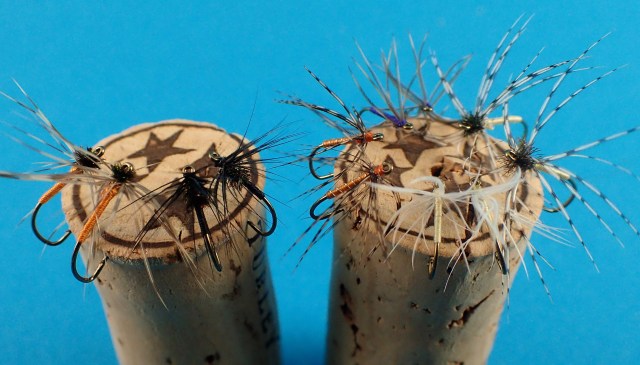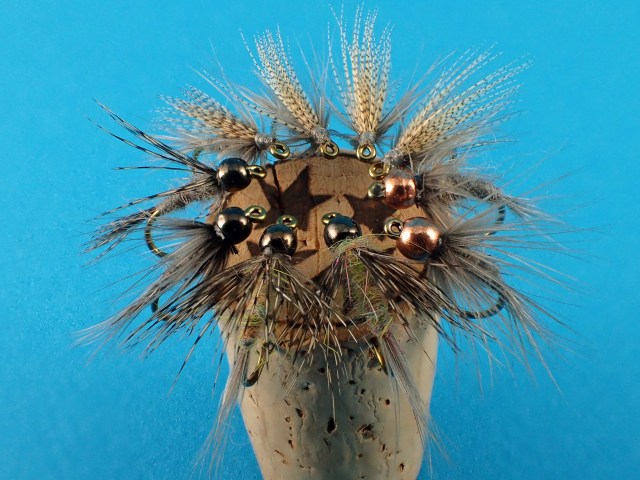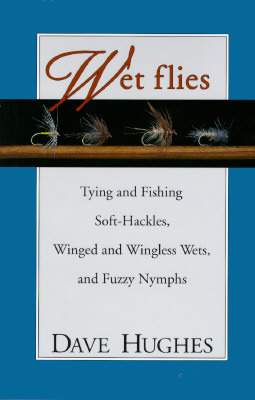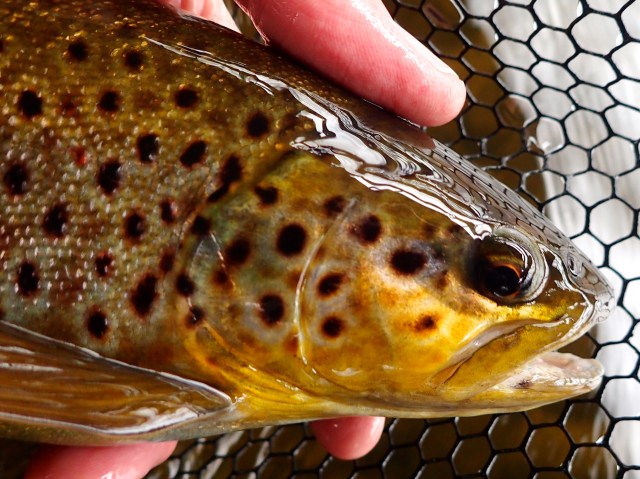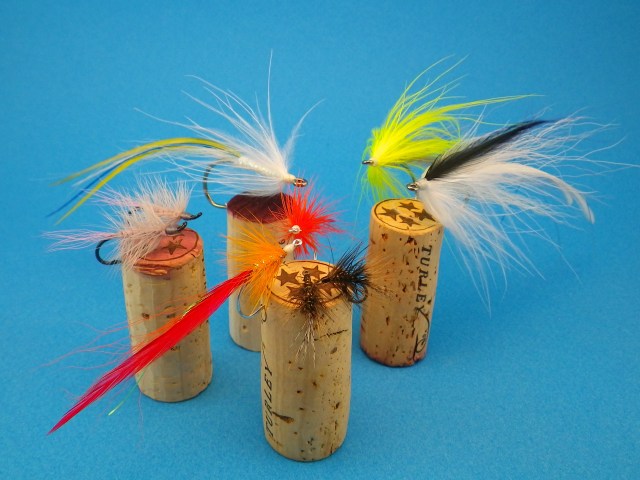Currentseams reader Steve M. asked this question on the Farmy Report post below. I thought the answer deserved its own thread. Thanks for asking, Steve.
Q: How about a refresher on your dropper nymphing method? Specifically how you use/position the indicator?
First, some semantics. Dropper nymphing setups and indicator nymphing are two different things. You can nymph with droppers and not use an indicator. Or do you mean drop-shot? Same deal: you can fish a drop shot rig without an indicator. “Droppers” refers to flies that are attached to the rig by tags of leader material. “Drop shot” is a method that uses split shot suspended by a tag below the bottom fly. A drop-shot rig can have droppers or just one fly. Hope that clarifies rather than confuses!
How I use and how I position the indicator are also different things. Generally, I use an indicator when:
I want to cover water/get longer drifts;
It’s cold and the takes might be subtle;
I want to fish the bottom in deeper holes;
I don’t want to feel like my arm is going to fall off after keeping it raised above my shoulder for hours.
I use my own yarn indicators, dense, bushy creations, and I’m fairly dialed in to their nuances. The indicator need not go under for me to want to set the hook. (Look for a reason to set the hook on every drift and you’ll catch more fish.)
The general rule of thumb is to set the indicator at 1.5 times the estimated water depth away from the bottom fly or shot. I’m not sure I follow that so much as I estimate the greatest depth I’ll be fishing and place the indicator on the leader where I reckon the drop shot will be ticking the bottom. It’s more feeling than formula. Specifically, I want to find this equilibrium: the shortest distance between the shot and the indicator, and enough distance to make a natural drift along the bottom. I want to see that indicator bouncing along. If you’re not catching fish and you’re not seeing those bottom return tells, you’re not fishing deep enough. Adjust your indicator (which you can now refer to as a depth regulator) accordingly.
I often check my indicator. “Checking” means that if I feel the indicator is leading or dragging the nymphs downstream at an unnatural pace, I’ll mend the indicator upstream, literally lifting it off the water and placing it where I want it. Remember that current at the surface moves faster than current at the bottom.
Finally, a word about weight. I like to use as little shot as possible. But sometimes you’ve got to go heavier. In winter, the water’s cold, and things slow down, trout included. I’ve been using two BB shot on my drop shot rig this winter — not because the water’s deep or fast, but because that extra weight slows the drift to a pace where a trout has to move less for the fly.
Hope that helps.
Steve’s secret weapon: home brew indicators made from acrylic macrame yarn and a #36 o-ring. I build them dense, and treat them with Gink or Loon Fly Spritz 2 before each use. This is a color I can see easily, and this indicator is about as big as I’d ever use on the Farmington. I know, you want a video tutorial on construction. The answer is yes — I just need to figure out the when.

